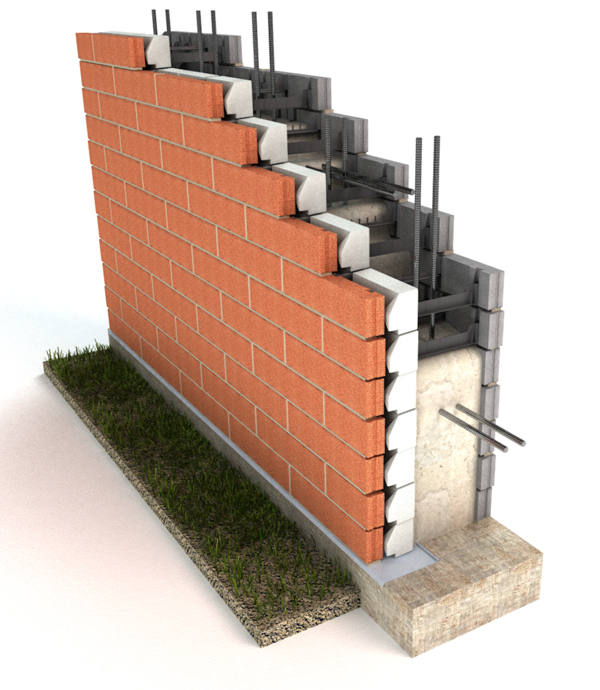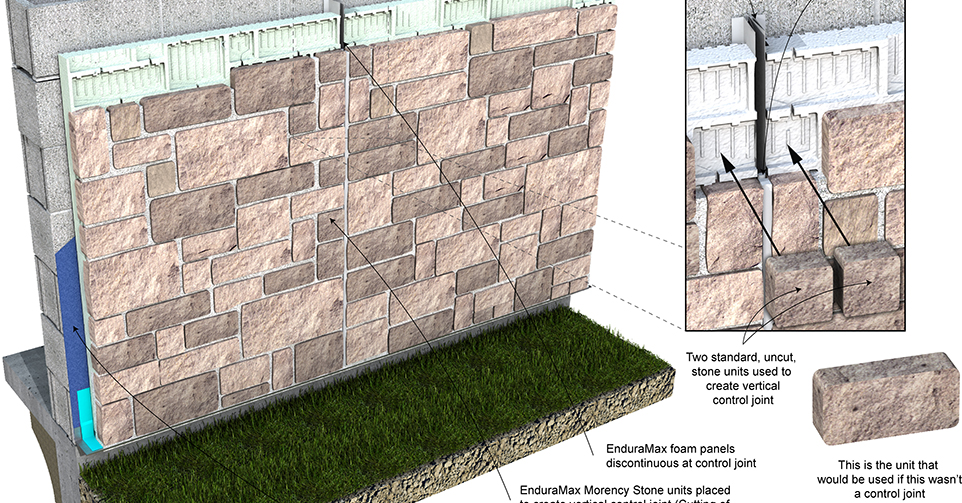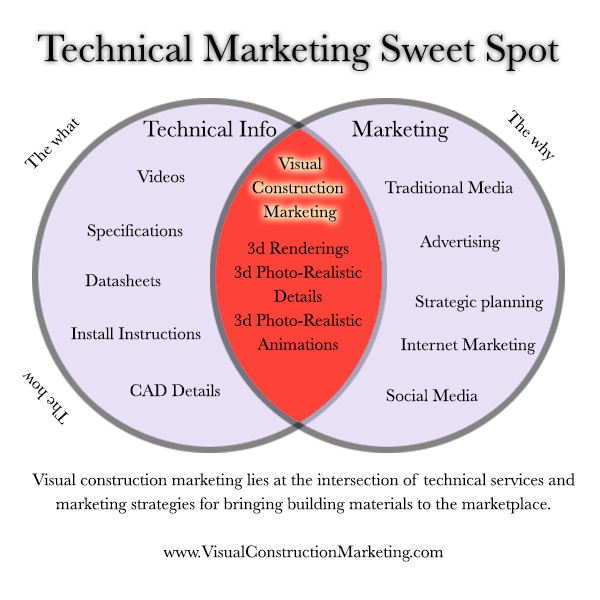The delicate art of the cutaway drawing
For building materials and building products, marketing and technical information can’t always remain isolated. Most great building products are great because they combine a function or purpose with an attractive appearance. With a little bit of care, the images used to display a building product can the same type of elegance. A great technical drawing can dance the line between being visually appealing and still function as a technical drawing. Here are seven ways that using a cutaway technical drawing of a building product / building material can help inform, educate and ultimately sell potential customers.
1. They make a great first impression.
The brain makes snap judgements about images very quickly, and sometimes unconsciously. A potential customer could form a negative opinion about your product in a tenth of a second. Most of the time we wouldn’t think about making the first image someone sees of our product be in the form of a cutaway technical drawing, but we don’t always control how someone first sees a product. With the way the internet works now, you never know what page they will enter your web site on, or where else they might see an image of your product. On a side note, do a quick google search of your product name and see what comes up, sometimes the highest results are of some old outdated drawing or document that you’d rather them not see first – if that is the case, figure out how to fix it!
2. Cutaway technical drawings demonstrate how a product works.
You are not selling cosmetics here, you are selling building products and building materials that have to perform. By showing the part of the building envelope a product is used in, and peeling away layers to show how the building product or material actually works in the real world – you are informing and educating. They work very well in continuing education programs for this reason.
3. A well presented technical cutaway establishes your authority.
It is a mistake to bury technical details about the proper installation and use of a building product eight levels deep on your web site. Sure it’s great to have a special link to a library of tech information, but don’t be afraid to be technical elsewhere. If you do it in a way that is visually appealing – it will not just be dry and boring gearhead stuff. By showing that you know exactly how the product should be specified, detailed and installed – you establish your creditability and authority in the marketplace.
[convertkit]
4. A great technical drawing builds rapport with people who draw technical drawings all day.
 Think about your customers, are they architects and engineers? If so, speak their visual language. If they see a very well drawn and informative cutaway technical drawing, you are speaking their language and building rapport before you open your mouth. If your customers are contractors or do-it-yourselfers, you are showing them how your product is installed in an elegant way – again, you’re speaking their language.
Think about your customers, are they architects and engineers? If so, speak their visual language. If they see a very well drawn and informative cutaway technical drawing, you are speaking their language and building rapport before you open your mouth. If your customers are contractors or do-it-yourselfers, you are showing them how your product is installed in an elegant way – again, you’re speaking their language.
5. Selling is teaching, cutaway drawings are great teaching tools.
Without a doubt, you are the worlds leading expert on your product. Some of the best building product salespersons are great teachers. They facilitate their customers by sharing technical and practical knowledge that solves problems. Not to mention the issue of conversational tone, if you have the heart and tone of a teacher, you will conversations and the general experience of serving customers transcend from what we traditionally think of regarding sales into a much deeper connection.
6. The spouse test – A high-end 3d photorealistic cutaway drawing is easy to comprehend.
My wife is not a technical person, she doesn’t want her time wasted with boring details or excessive information, she’s the perfect test subject. Find a layperson who doesn’t know anything about building materials, building products or construction. If they don’t immediately learn what the product is, why it is used and how it is installed from looking at a cutaway drawing, get back to work. I pass everything through the “wife test” and it’s very effective. I’ve seen this impatient creature grasp how a mundane widget works in a few seconds from a great 3d cutaway drawing. All the 2d details in the world would never get that result.
7. 2d details have their place, it’s just usually in the trash.
I will concede that there are some situations that are best explained using a traditional black line on white paper flat boring detail. But in general I feel that you should have decades of experience, but your drawings should not. Get with the times!


